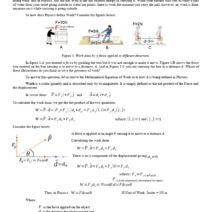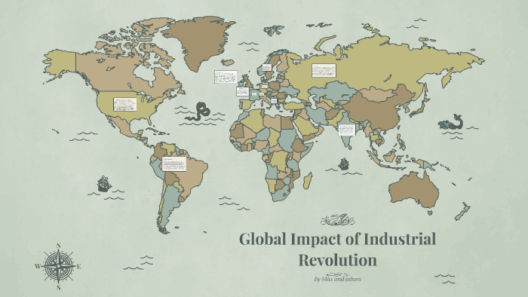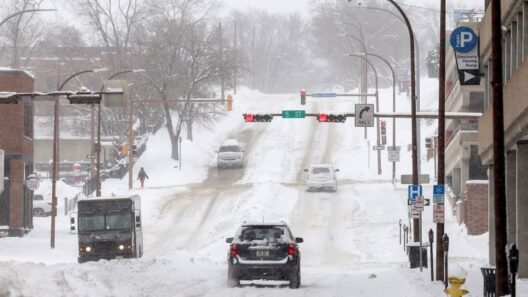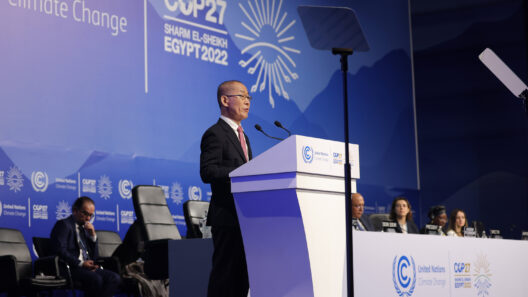Global warming is an overarching challenge that permeates the fabric of our society and ecosystem, and the state of Texas is no exception. As one of the largest states in the U.S., Texas boasts diverse geographical features—from sprawling deserts and rolling hills to sprawling forests and coastal regions. The intensity of climate change manifests prominently here, bringing with it multifaceted local climate changes that impact residents’ livelihoods and the environment. Understanding these alterations is crucial to addressing the challenges posed by climate change.
One significant observation is an increase in average temperatures across Texas. The Texas Climate Adaptation Toolkit indicates that average annual temperatures have risen by approximately 1.5 degrees Fahrenheit since the early 20th century. This may seem modest at first glance, but even small changes can compound over time, leading to extreme weather phenomena. As temperatures soar, the ramifications extend beyond mere discomfort.
Heat waves are becoming more frequent and severe. In recent years, Texas has experienced a staggering uptick in days where temperatures reach or exceed 100 degrees Fahrenheit. This is a dire signal not only for human health but also for agriculture and ecosystems. Crops suffer under intense sun without sufficient moisture, leading to diminished yields and increased food scarcity. Livestock, too, can experience heat stress, which affects their well-being and productivity.
Furthermore, prolonged heat exacerbates drought conditions. Texas holds the title for having experienced some of the most severe droughts in American history. The U.S. Drought Monitor reports that many regions in Texas can enter prolonged dry spells, often resulting in water shortages. The depletion of local water sources impacts everything from municipal water supply to agricultural irrigation. Farmers and ranchers face unprecedented challenges, ushering in a cycle of economic strain that affects the state’s economy as a whole.
Conversely, when precipitation occurs, it tends to be more intense and erratic. Flooding has increased significantly due to this erratic weather pattern. The torrential rains that accompany severe weather events lead to flash floods that threaten life and property. Notable hurricanes, such as Harvey in 2017, showcased the devastating effects of increased rainfall associated with climate change. Flooding infrastructure struggles to cope, revealing the vulnerabilities in urban planning and development. Rainwater management systems often cannot handle sudden deluges, resulting in dangerous conditions in urban centers.
Moreover, coastal areas in Texas face increased risks associated with rising sea levels. As global temperatures rise, ice melts in polar regions, contributing to the encroachment of saltwater onto freshwater sources and habitats. Galveston and parts of the Houston metropolitan area are grappling with the slow but steady encroachment of the Gulf of Mexico. Communities along the coast must contend with not only rising tides but also more frequent and potent storm surges. The loss of barrier islands and coastal wetlands exacerbates the problem, as these natural buffers are vital in protecting land from storm impacts.
The biodiversity of Texas is also under threat. The shifting climate conditions are altering habitats and migratory patterns for numerous species. Insect populations that thrive in warmer climates may encroach upon ecosystems where they previously had little influence. This shift can lead to the decline of native species, as new predators and competitors emerge, further disrupting the ecological balance. In addition, endangered species such as the whooping crane and the Texas horned lizard face heightened risks from habitat loss and degradation.
The energy landscape is not unscathed either. Texas leads the nation in energy production, with a mix of fossil fuels and renewable energy sources. However, extreme weather conditions challenge the reliability of energy infrastructure. Power outages during extreme heat or cold can strain the electrical grid, resulting in catastrophic disruptions. The winter storm of February 2021 highlighted vulnerabilities in the power supply chain, leading to widespread outages and increasing the urgency for a transition towards more resilient energy solutions.
This is where the discussion about sustainable solutions becomes paramount. Mitigating climate change is contingent upon collective action. Establishing more robust renewable energy systems, practicing conservation efforts, and improving water management can significantly curb the repercussions of climate change in Texas. Investments in green technologies and infrastructure not only help protect the environment but also foster economic resilience, paving an adaptive path for future generations.
Furthermore, public awareness and engagement in environmental advocacy can catalyze change. Residents must become informed participants in the dialogue surrounding climate issues. Community-based initiatives can lead to effective responses tailored to local needs, ensuring that Texan voices are central in shaping policies that address climate change. Grassroots movements can educate fellow Texans on sustainable practices, emphasizing personal responsibility amidst systemic challenges.
In conclusion, the effects of global warming manifest in Texas through increased temperatures, severe weather conditions, and significant ecological shifts. Drought, flooding, and habitat loss present tangible challenges that citizens and policymakers alike must grapple with. The pathway forward relies on proactive measures that embrace sustainability, resilience, and community engagement. As Texas navigates these pressing challenges, a determined and informed populace will play a pivotal role in shaping the state’s response to climate change and its lasting implications.








